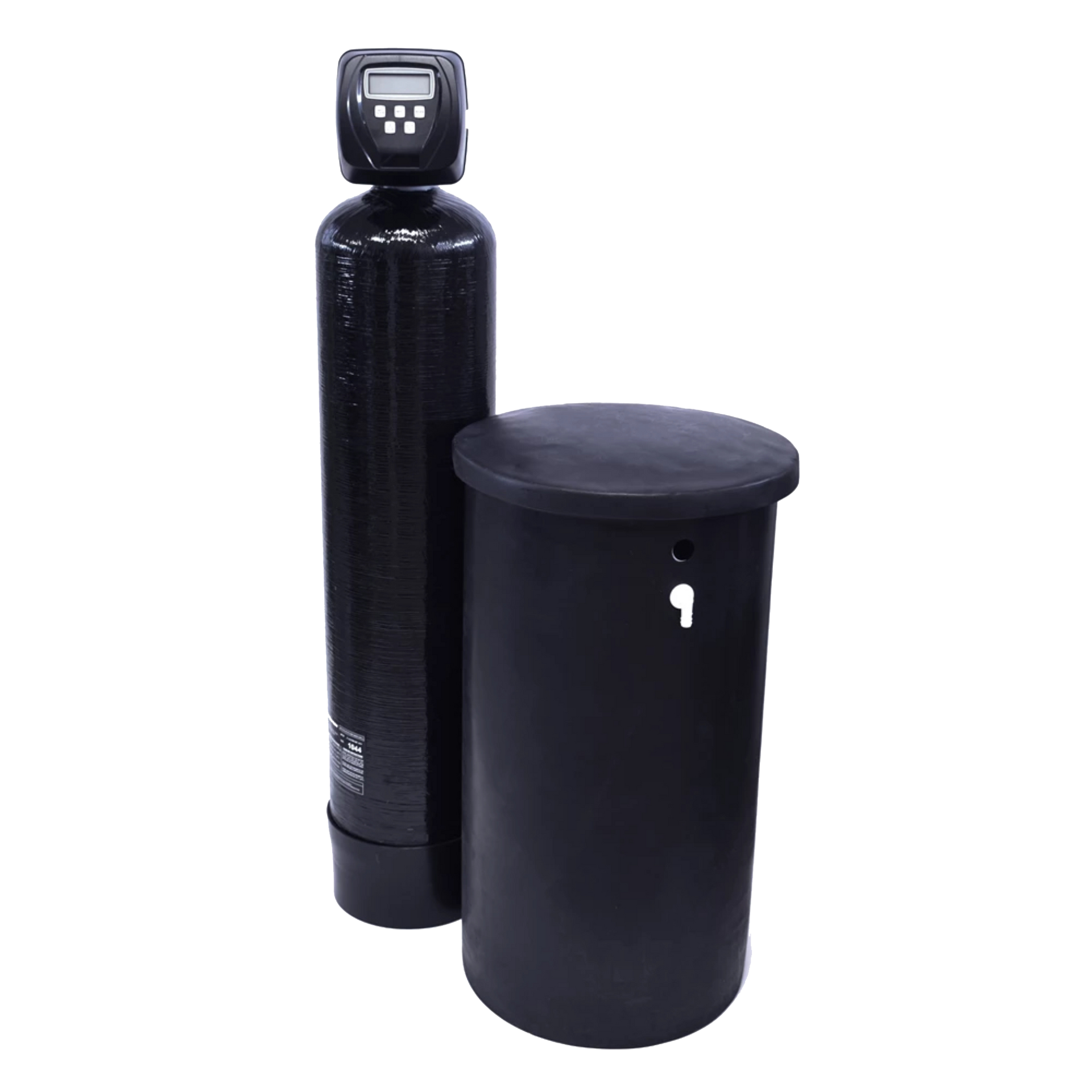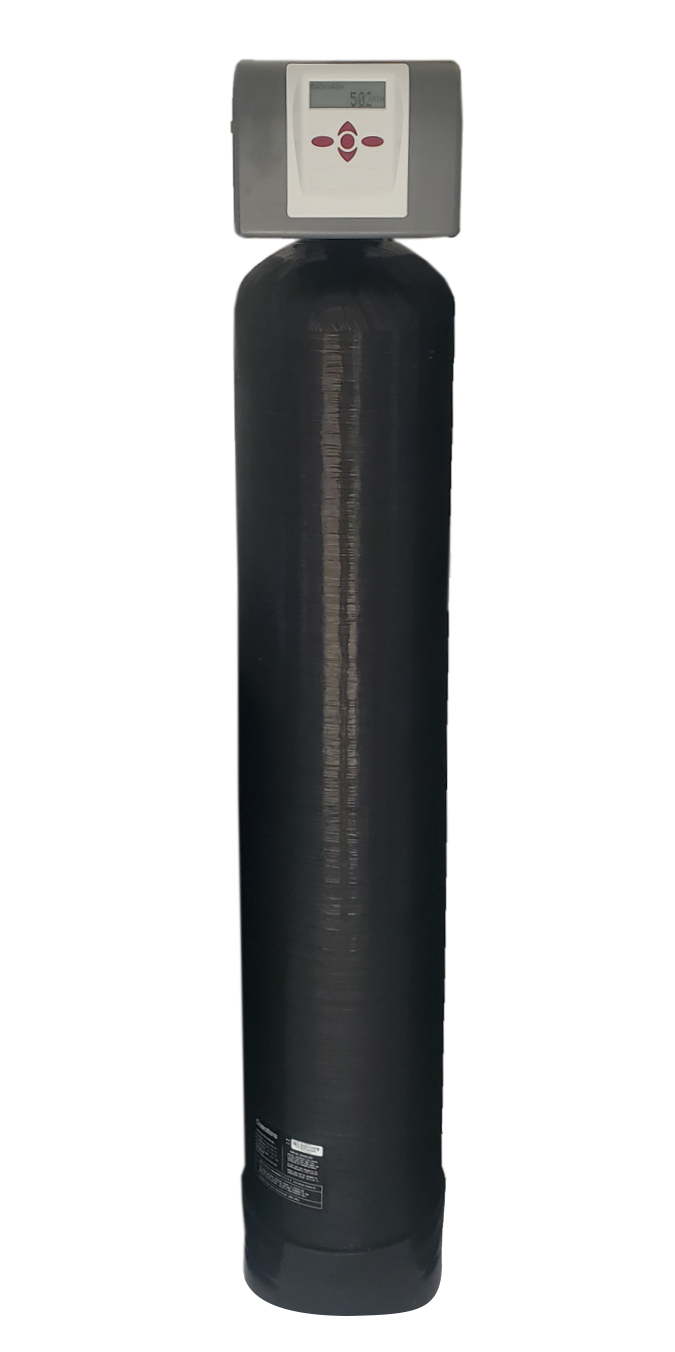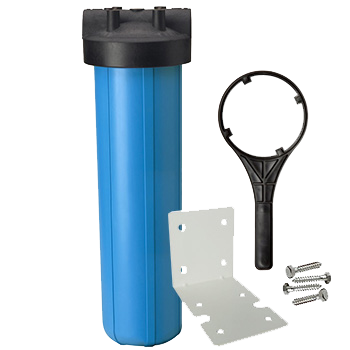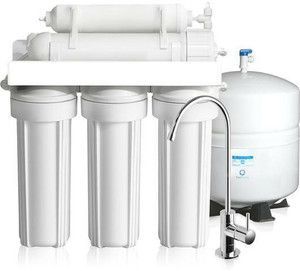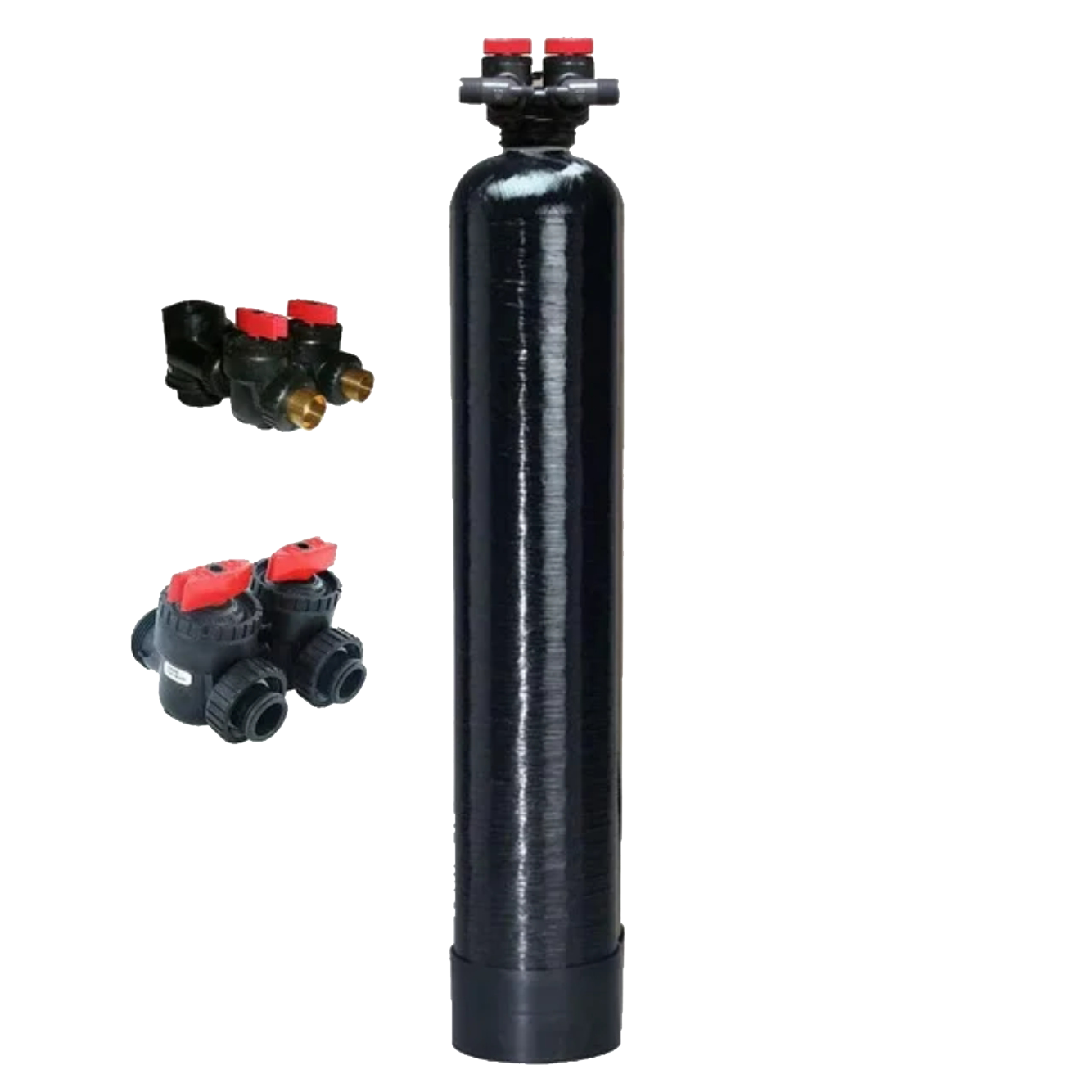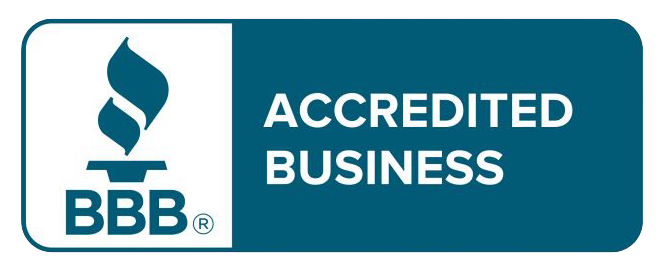WE TREAT ALL WATER PROBLEMS
We aim to improve the quality of the water you use every day. To do that, we treat the following common water problems.
Iron
Iron is a metal found in the ground and causes an undesirable taste and smell in your water. Iron leaves stains on your plumbing fixtures, your clothes, and in your appliances. Dissolved iron, oxidized iron, bacterial iron, colloidal iron – The presence of high levels of iron will affect the appearance, smell, and taste of your water.
Iron Treatment
There are several treatment processes that can be used to treat water with iron. Some of the most common and effective methods are Ion exchange (water softener) , oxidizing iron filters, and inline cartridge filters.
The Novapure Solution
Ion exchange (water softener)
Water softener system offers superior treatment of Iron removal.
oxidizing iron filters
Salt free Iron removal. No salt or filters to change. Uses natural oxygen, water and particulate media.
Inline cartridge filters
"BIG BLUE" Inline filters can be a very effective and inexpensive way to remove Iron from water.
HARD WATER
Hard water is water with high levels of dissolved minerals such as calcium and magnesium. Hard water will corrode plumbing fittings and fixtures, cause a white build up called scaling, make your dishware spotty or cloudy, and most expensively, it is very hard on your appliances. Scaling and a lack of soap suds are both telltale signs of water hardness.
Hard Water Treatment
The best method of treating hard water is a water softener. Water softeners soften water using a process called ion exchange. The resin bedding the water softener tank uses this process to replace the calcium and magnesium in your water with much less damaging sodium ions.
The Novapure Solution
Manganese
Manganese is a naturally occurring element that is prevalent across Nova Scotia in surface water and groundwater. It can affect the taste, odour and colour of your water. Manganese is likely to be found in groundwater and surface water throughout Nova Scotia at variable concentrations in the area. The most common sources of manganese in drinking water are naturally occurring and can be attributed to weathering of manganese bearing rocks and soil.
Health Concerns - Manganese
The Guidelines for Canadian Drinking Water Quality has established a maximum acceptable concentration (MAC) of 0.120 milligrams per litre (mg/L) and an aesthetic objective (AO) of 0.020 mg/L. Health Risks Evidence indicates that consumption of manganese in drinking water above the MAC over a prolonged period of time can adversely affect neurologic development in children, and memory, attention and movement in adults.
Manganese Treatment
Manganese cannot be removed from water through boiling. Boiling water may increase the concentration of manganese. Treatment systems include point-of-entry systems and point-of-use systems. Effective treatment methods for reducing manganese levels in drinking water include Cation Exchange, catalytic oxidizing filters, and Reverse Osmosis.
The Novapure Solution
Reverse Osmosis
Under the counter "Single Point of Use" RO systems are a great solution for removing manganese from drinking water.
Ion Exchange
Water Softener Systems are the most effective system for whole home manganese removal.
Air Oxidized Filter
With a PH over 8, you could benefits from our salt free backwashing filters to effectively remove manganese from your water
TANNIN
Tannins are an organic compound that turns your water yellow and gives it an earthy taste or odor. Tannins are created by decaying organic plant matter and are most commonly introduced to your well water by collecting surface water. Tannins are most often found in dug (shallow) wells, rivers, and lakes.
Health Concerns - Tannin
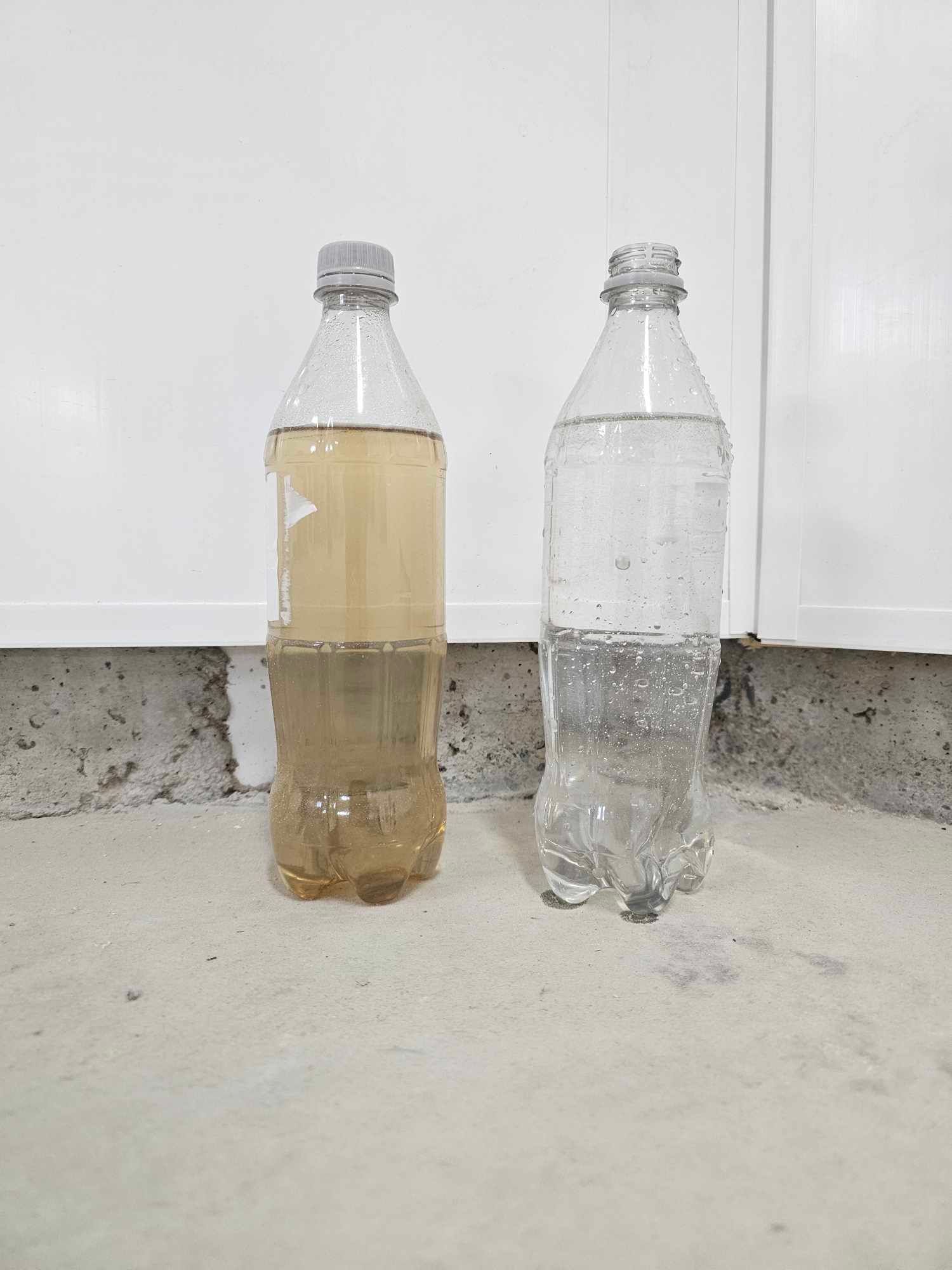
You will find tannins are listed only with an “aesthetic objective”, meaning the issues is more of an unsightly nuisance than a major health concern.
However, tannins can become a health issue when sterilizing your water with an ultraviolet sterilization unit. Turbidity (how clear the water is) plays a direct factor with the effectiveness of an ultraviolet sterilizer in treating bacteria and e.coli.
Tannin Treatment
Water Softeners bedded with special Anion resins for are the most effective systems for the removal of tannin.
The Novapure Solution
Ion Exchange
Water Softener Systems are the most effective system for whole home tannin removal.
Acidity/Low pH
The level of acidity or alkalinity in your water is represented by a number on the pH scale. Between 1-14, pH at 6.9 and below can be considered acidic, whereas 7.1 is considered alkaline. It is common for dug wells in to have naturally low pH, making the water acidic. Left untreated, low pH can cause corrosion in metal pipes and fittings, plumbing fixtures, and appliances. It could even cause the leaching of dangerous metals into your water. A pH level between 7.0 and 9.5 is considered ideal for drinking water.
Acidity/pH Neutralization
The pH of your well water can be neutralized by systems utilizing calcium carbonate, or calcite. Calcite is a sacrificial media made mostly of natural powdered limestone. As acidic water is filtered by the calcite, it dissolves it, raising the pH from acidic to neutral or alkaline.
The Novapure Solution
Upflow Calcite System
The upflow calcite system uses all natural minerals and requires no chemicals or backwash.
Backwashing Iron/Acid Filter
Salt free Iron removal. No salt or filters to change. Uses natural oxygen, water and particulate media.
Taste & Odour
There are many causes for odour in your well water. Hydrogen sulphide (sulfur) is a common cause of rotten egg smell in your water, while iron and manganese can give your water a metallic smell, and things like bacteria and humic acid can give it a swampy odour.
Taste & Odour Treatment
Filtration through granular activated carbon, reverse osmosis, and softening your water are several solutions to common odour issues. Depending on the cause of your odour, a water test from one of our experienced technicians will give us a clear idea of the best course of treatment.
The Novapure Solution
Reverse Osmosis
Under the counter "Single Point of Use" RO systems are a great solution for removing odour caused by manganese.
Ion Exchange
Softener Systems are the most effective system for whole home odour removal caused by hard water or manganese.
Whole Home Filtration
To remove that “rotten egg” smell, one of our whole home filtration systems may be the right choice for you.
Arsenic
Arsenic forms naturally in the soil. Some parts of Nova Scotia have higher levels of arsenic present in their well water. Arsenic enters the water when minerals and metals that contain arsenic dissolve, leaching the dangerous substance into the groundwater. Drilled wells are more likely to have higher levels of arsenic than surface water supplies.
Health Concerns - Arsenic
Over a short period, drinking water with high levels of arsenic can wreak havoc on the stomach, causing cramps, nausea, and diarrhea. Long term exposure to arsenic in your water can be attributed to causing certain types of cancers.
Arsenic Treatment
Methods of treating your water for arsenic include point-of-use applications like an under the counter reverse osmosis unit and point-of-entry applications like Anion Exchange and Adsorption medias.
The Novapure Solution
Reverse Osmosis
Under the counter "Single Point of Use" RO systems are a great solution for removing arsenic from your drinking water.
Uranium
Much like arsenic, uranium is a common element that occurs naturally in the soil. Elevated levels of Uranium are most frequently found in drilled wells.
Health Concerns - Uranium
Uranium is radioactive, and unsafe concentrations of uranium in your water can cause damage to your kidneys.
Uranium Treatment
Similar to treating arsenic, methods of removing uranium include point-of-use applications like Reverse Osmosis and point-of-entry applications like Anion Exchange and Adsorption medias.
The Novapure Solution
Reverse Osmosis
Under the counter "Single Point of Use" RO systems are a great solution for removing uranium from your drinking water.
Lead
Lead is a naturally occurring heavy metal that can find its way into water sources. Drinking water with high levels of lead is a health hazard, especially to young children and newborns. Lead can enter the water supply in a number of ways, including from water pipes, lead solder in copper plumbing, or brass fittings and fixtures that contain lead.
Health Concerns - Lead
The Canadian Drinking Water Quality guideline limits lead content of potable water to a maximum acceptable concentration (MAC) of 0.010 mg/l. Exposure to high levels of lead may lead to increased blood pressure, kidney damage, anemia, digestive problems, nerve disorders, memory loss, muscle and joint pain, fatigue, irritability, and headaches.
Lead Treatment
Depending on the source of contamination, there are several ways to treat lead. Reverse Osmosis is an effective and economical way to purify your drinking water of lead and other contaminants by filtering out contaminants. Specialized carbon block filters for treating lead can also be used for whole house lead removal.
The Novapure Solution
Reverse Osmosis
Under the counter "Single Point of Use" RO systems are a great solution for removing lead from your drinking water.
Coliform & E.coli
Coliform bacteria and E. coli are common contaminants found in many dug wells. The presence of E. coli is oftentimes indicative of sewage contamination while coliforms is primarily the result of surface water making its way into your well water.
It is recommended that you have your water tested at an accredited lab for total coliforms and E. coli every 12 months, or if there is ever a drastic change in water quality.
The Novapure Solution
Reverse Osmosis
Under the counter "Single Point of Use" RO systems are a great solution for removing bacteria from your drinking water.
Ultraviolet Sterilizers
Ultraviolet Sterilizer is the most effective method for treatment of coliform and E. coli throughout your whole home.

